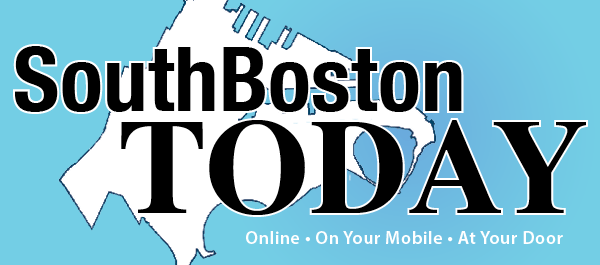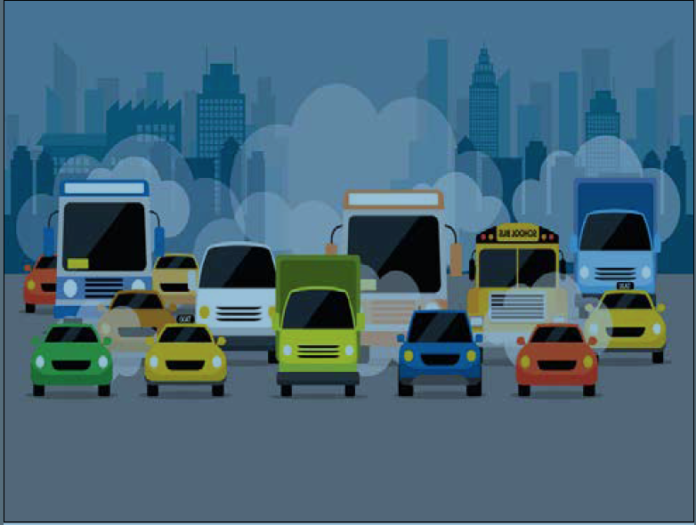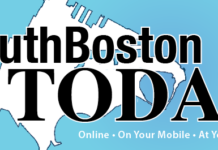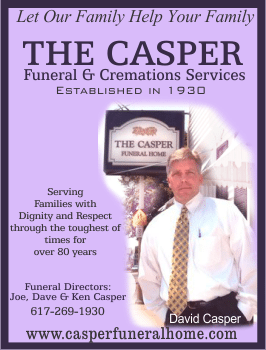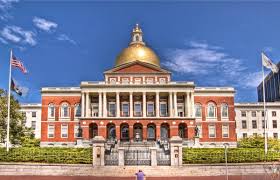As many residents now know, the Boston Edison power plant developers are seeking to reshape the South Boston neighborhood with nearly 1.93 million square feet of space (only a 10% reduction from its initial proposal), 1344 apartments and 344 hotels rooms, along with many hyper-active retail offerings. Minutes from downtown Boston, this is both a bonanza for the owners and nirvana for the luxury residential unit tenants/owners, right? So convenient, and European like, folks will either walk or take their bicycles en masse to work or to any of the nearly 100 bars and restaurants that have popped up in and around South Boston, the waterfront and South Station areas.
Yeah, right. Uber, Lyft and other ride share services will continue to make a fortune, additional rush hour and evening busses will be jam-packed with commuters, who, after being chronically late for work to the dismay of their boss, will opt for Uber or Lyft or whatever. Not to mention, the service trucks and private shuttles that will further exacerbate the nightmarish cut-through traffic adversely impacting South Boston streets. Or have you not been paying attention to the news coverage of angry mothers and families, still in shock over the recent death of a South Boston child, protesting and calling for action from the city and state governments. The environmental impact mitigation argument being touted as a high priority issue being addressed by the developer is contradicted by the admission that 10,000 vehicle trips per day is projected.
The prospect of traffic paralysis prompted local officials to register their concerns with state environmental regulators and the Boston Planning & Development Agency. Acknowledging the challenges of a project that would eventually span eight city blocks, the developer has hired a consultant to conduct a thorough transportation study for the area and propose the most effective improvements.
Questions are mounting about the capacity of the transit system to handle so many more riders. Within Greater Boston, there are 8,400 or so housing units planned or under construction within a half-mile of a transit station, according to an analysis of multi-family projects provided by the Metropolitan Area Planning Council. Another 10,000-plus units were built just since 2014. Boston represents the largest piece of that growth: Roughly 4,600 housing units are planned or under construction near a transit stop in Boston, and city officials want to encourage the new residents of these new apartments and condos to use something other than cars to get around. Other communities that rely heavily on the T, including Somerville and Quincy, also have numerous projects underway.
Thanks to efforts by local officials, the T had already set aside $2 million for more buses along the No. 7 into downtown and the No. 9 that runs along Broadway to the Back Bay. The MBTA is apparently working with Massport to convert a bus layover facility on East First Street, essentially next door to the Edison site, to a bus station to allow passengers to board there.
The bottom line is that unless the transportation infrastructure in South Boston and all points leading into the neighborhood is comprehensively addressed, then any environmental mitigation plan that admits to the prospect of 10,000 vehicle trips a day – 666 per hour per 15-hour days – is, according to many, disingenuous on its face.
The effects of the vehicle emissions pale in comparison to the dangerous chemicals that would be emitted airborne into the atmosphere during demolition, clean up and remediation. More on this topic next week.
Future planned meetings are as follows:
- September 26 at The Tynan 7-8:30 pm
- October 10 at The Tynan 7-8:30 pm
- October 24 at The Tynan 7-8:30 pm
